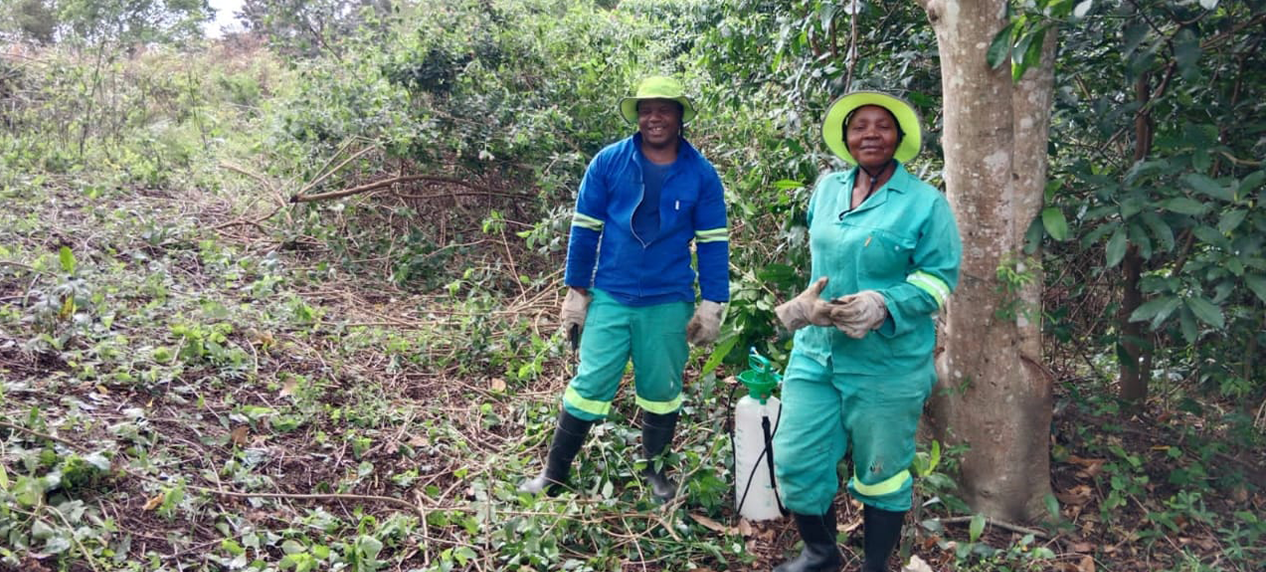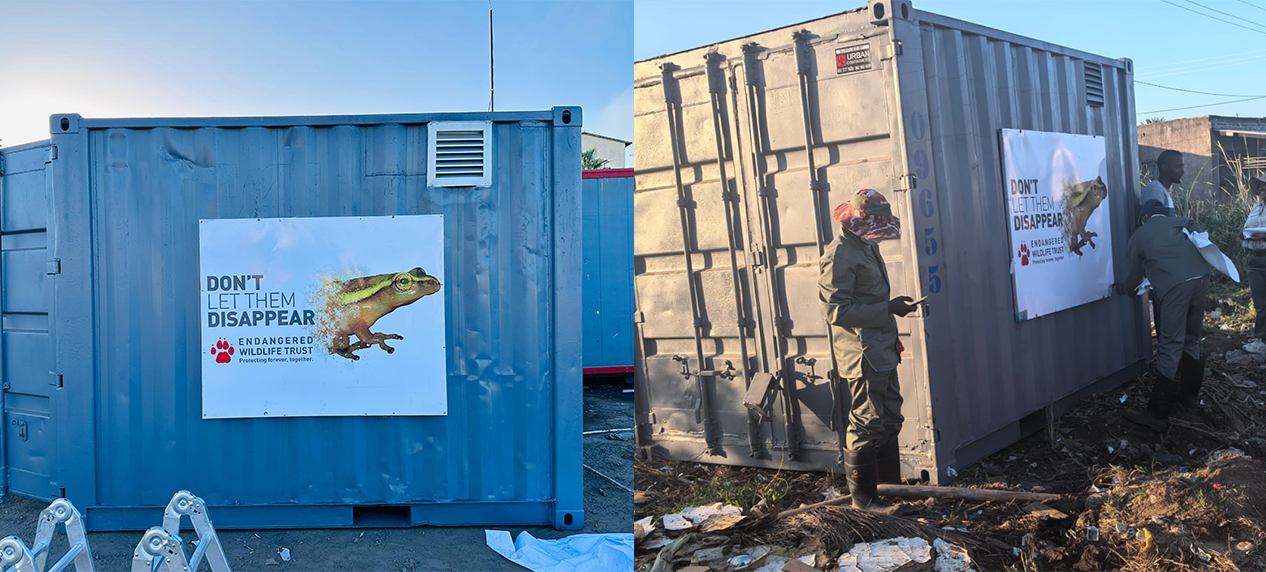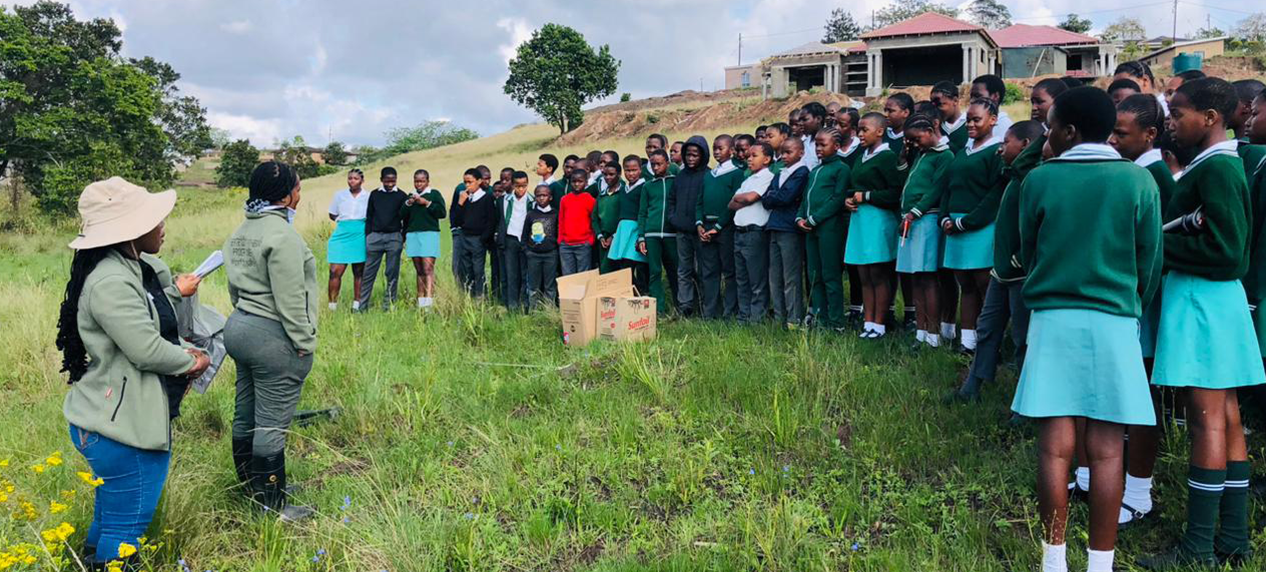Restoring Wetlands, Empowering Communities: A Resilient Future for Adams Mission
Nonkazimlo Mafa, Urban Ecology Project Manager, Threatened Endemics Programme – EWT

Clearing of Alien Invasive Plants in rural areas at Adams Mission, KZN
Wetlands provide invaluable ecosystem services and are often referred to as the “Earth’s kidneys” because of their high, long-term capacity to filter pollutants from the water courses that flow through them. Wetlands also provide critical ecosystem functions to surrounding areas, such as buffering these areas from floods, providing critical resilience against climate change through carbon sequestration, freely performing a vast array of other services and supplying direct resources for human well-being as well as rich biodiversity.
The EWT’s Threatened Endemics Programme (Threatened Amphibian Programme previously) has been working on improving wetland ecosystem function and management in Kwa-Zulu Natal since 2015. One of our focal wetland habitats is Adams Mission, a 400 ha wetland system located in the upper reaches of three river systems on the KZN south coast. This wetland consists of a network of Endangered habitat types characterised by coastal wetland and swamp forest and supports two Endangered amphibians endemic to South Africa; Pickersgill’s Reed Frog (Hyperolius pickersgilli) and the Kloof Frog (Natalobatrachus bonebergi). It is also home to over 90,000 people, many of whom live near or on the wetland edge. Since 2015, the EWT’s Threatened Endemics Programme has worked to rehabilitate and monitor this system, ultimately striving to partner with the community to secure the long-term management of this important ecosystem through the mechanism of Biodiversity Stewardship.
A key component of this work has been Invasive Alien Plant (IAP) clearing, waste management, and detailed monitoring. Common Invasive Alien Plants include Lantana (Lantana camara), Peanut Butter Cassia (Senna Didymobotrya), Bug Weed (Solanum Mauritianum), American Bramble (Rubus Ceneifoius), Common Lilac (Syringa Vulgaris), Singapore Daisy (Sphagneticola trilobata), Morning Glories (Ipomonea purpuria), Maxican Ageratum (Ageratum houstonianum), Chromolyn and Mexican sunflower (Tithonia diversifolia), Yellow Bells (Tecoma stans) and Indian short (Canna indica). Lantana make up 50% of the invasive alien species in these wetlands, and American Bramble 25%.
Our monitoring approach is twofold. The Ecological Goods and Services (EGS) assessment toolkit has been developed as a participatory approach to environmental management which encourages local understanding, opens up dialogue in developing local solutions which initiates local action. This assessment is implemented by our Biodiversity Officers, local community members employed to assess EWT’s work using a phone app. We also partner with environmental consultants to undertake detailed habitat health assessments at key wetland areas within Adams Mission. These assessments include detailed baseline habitat information for the purposes of understanding habitat/wetland unit scale impacts that require rehabilitation/management, and to inform ecological monitoring and long-term trends to support conservation intervention. The aim of the monitoring programmes has been to provide appropriate baseline information against which to measure change in the condition of the wetland systems. This will be used to assess improvements associated with rehabilitation interventions and supplement the long-term monitoring of the H. pickersgilli populations at each wetland site. Follow-up assessments are to be undertaken every 2-3 years.
The 2025 assessment report produced by Verdant Environmental shows a 0.8% deterioration in the wetland ecosystem compared to the assessment conducted in 2022. The Verdant Environmental report indicates that the wetland’s resilience towards the pressures around the wetland, an increased number of housing development on the edges of the wetland and within the buffer zones, may contribute to medium degradation in future. This implies the need for continuous and intensified Environmental Education and law enforcement measures within the community to decrease the spread of residential plots. The site has maintained the Class C ecological health status since 2022. This means the habitat condition is still intact with a very low degradation percentage over the years. The EWT’s initiatives to educate the community is making a huge impact.

Waste Zone Containers
Waste is an ever-growing challenge at this site as local municipal services are often lacking and residents have little choice but to dump waste in or near wetland habitat.
We have developed a phone application to track and report waste incidents, giving us an indication of the increase in dumping of waste in water courses, and informed our strategy to deal with waste. This approach culminated in our Centralised Waste Disposal Zone project, where we partnered with local communities and the Municipality to install four shipping containers that will act as managed waste disposal sites. Local community members are employed to manage these zones, bagging waste and coordinating with municipal contractors to service these waste zones when needed. This offers community members an alternative to dumping waste into the wetland system.
Within the two weeks since the placement of the containers, the positive impact is already visible. Community members have been leaving their waste near the container’s door outside the operating hours rather than dumping in the wetland. This has contributed to growing socio-ecological resilience for the rich biodiversity of the area. It also benefits communities living adjacent to the wetlands through job creation and keeping the environment clean. Fourteen people have been employed as waste collectors and Invasive Alien controllers over a 12-month period ending in June 2025.

** The EWT would like to thank the Moodys Foundation, Synchronicity Earth, Anglo American and the Rainforest Trust for their support.
